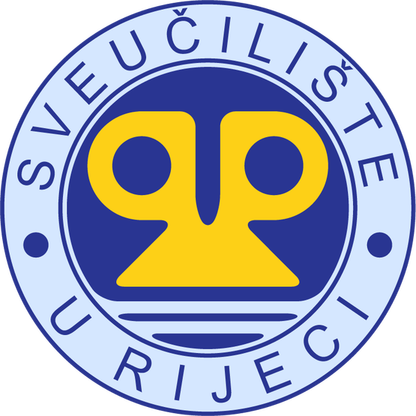| Id : | 2770 | |
Author : | Li X.; Peng J.; Li D.; Brown R.D. | |
Title | A Framework for Evidence-Based Landscape Architecture: Cooling a Hot Urban Climate through Design |
|
| Reference : | Li X.; Peng J.; Li D.; Brown R.D. A Framework for Evidence-Based Landscape Architecture: Cooling a Hot Urban Climate through Design,Sustainability (Switzerland) 15 3 |
|
| Link to article | https://www.scopus.com/inward/record.uri?eid=2-s2.0-85148004420&doi=10.3390%2fsu15032301&partnerID=40&md5=fd7afa4c2f1be20c6cb667505951e62c |
|
| Abstract | The rapidly advancing knowledge of the interactions between people and their environment provides opportunities for designers to practice evidence-based landscape architecture (EBLA) in designing outdoor spaces. Recent studies have proposed some characteristics of successful EBLA projects, including the following: amicable skepticism; the questioning of assumptions; the verification of information; the application of evidence to the problem at hand; and data that is openly reported and replicable. These five steps were the basis for a framework that was developed and tested through the redesign of a downtown area in a hot-climate city, El Paso, Texas. The process started with the collection of base information, including local climate conditions and evidence on heat-related illness. Case studies and a search of the literature led to the questioning of some assumptions, including the expectation that the air temperature on the site could be substantially modified through design. On-site microclimate measurements were used to confirm this insight, and were used to validate computer models. The validated models were used to assess the thermal comfort conditions across the site. A human energy budget model was used to identify the key atmospheric elements that both strongly affect a person’s heat health, and that can also be readily modified through landscape architectural design. These led to the development of guidelines, which were developed as a ‘tool kit’ and applied to the design. Amicable skepticism was practiced throughout the process to confirm that the decisions were made based on evidence, not opinions or preconceived notions. The resulting design was tested using computer models to check whether the goal of thermally comfortable conditions was met. The quantitative results illustrated the amount of improvement to the thermal comfort of site visitors. This process is universal and can be applied to any landscape. © 2023 by the authors. |
Results:
| Impact |
Certainity |
| Health and Wellbeing | 0.3619 |
| Urban and Territorial Renovation | 0.0047 |
| Peoples Engagement and Participation | 0.4019 |


